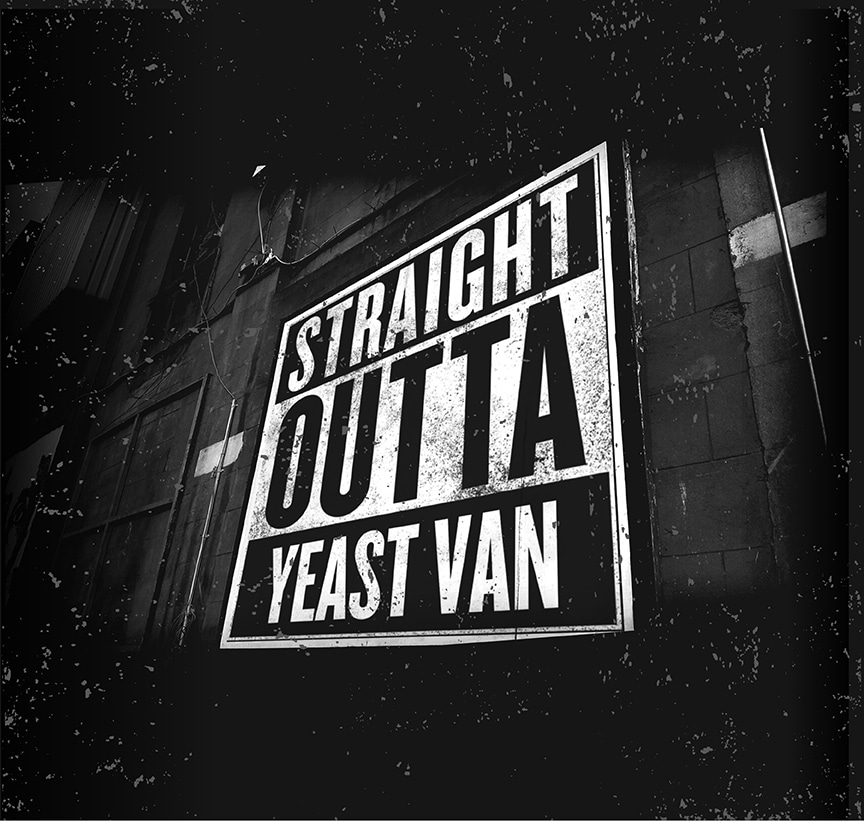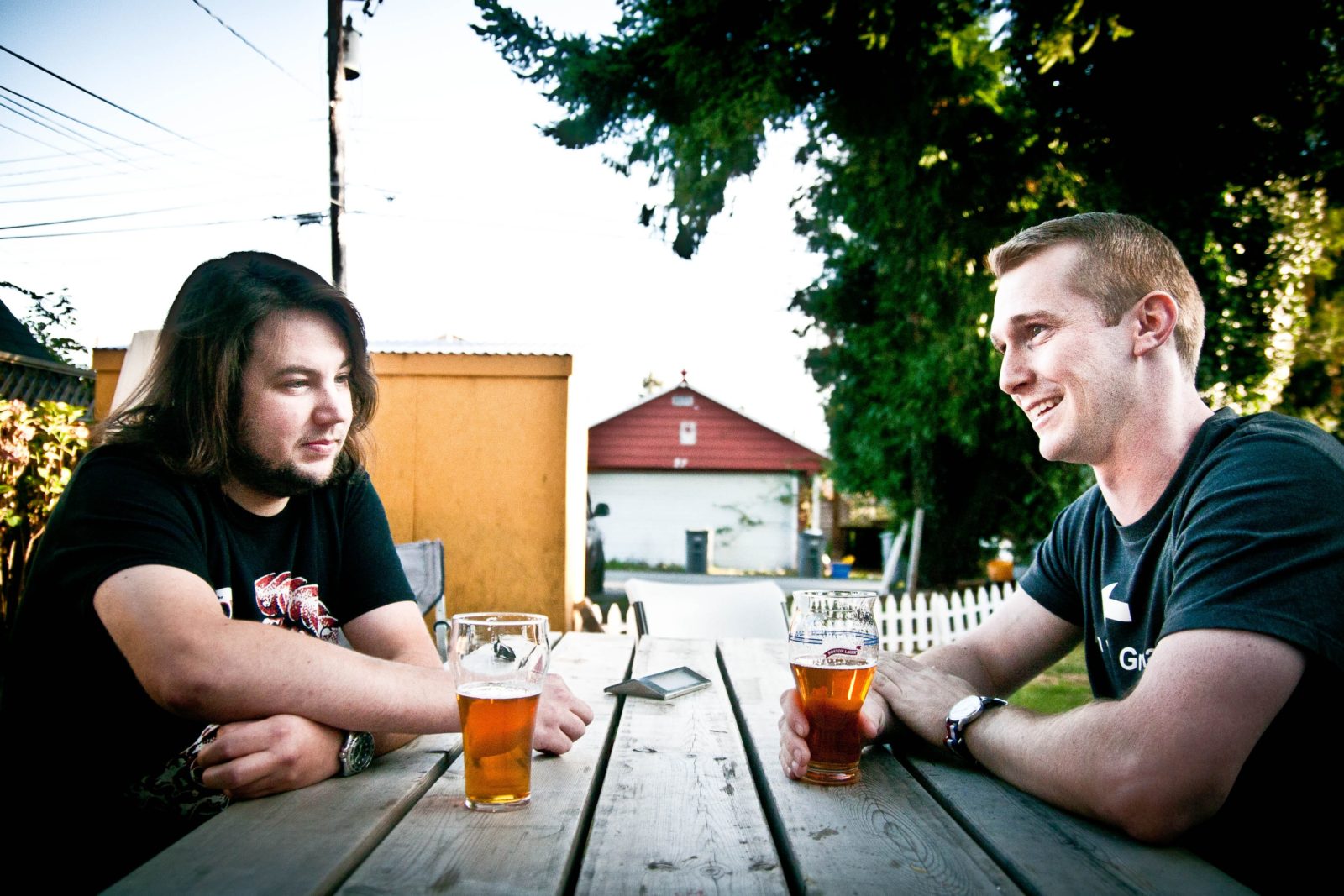Smoked beer might be an acquired taste, but it’s one that’s growing in popularity

Have you ever had something grow on you? For example, maybe cilantro? How about the first time you tried an IPA or a sour? Did you love it?
Many beers are brewed with the goal to be approachable and widely enjoyed. Others, just like a challenging novel, might take a bit more effort. Being a reader of The Growler, I feel you might be up to the challenge.
When it comes to craft beer, brewers love to rediscover obscure or close to forgotten beer styles. This is particularly true of the highly regional-specific beer styles of Germany. Gose, Bock, Altbier, Helles, Kolsch, Vienna lager, Berliner Weiss—the list of German beer styles, which craft brewers have embraced, is substantial.
However, one style, or specifically one ingredient, hasn’t been embraced with quite so much gusto as others—the smoked lagers of Bamberg. Called Rauchbier, these smoked lagers are brewed in a variety of styles, such as Marzen or Doppelbocks, with the added complexity of smoked malts.
Using smoked malts in beer is a very old tradition. In fact, before the invention of indirect kilning, all beers would have had a certain level of smokiness. Yet, despite being one of the oldest flavours in all of beer history, smoked beers, including Rauchbier, have rarely been brewed by B.C. breweries. So, why aren’t smoked beers more widely available in this neck of the woods?

“I think for a lot of people it’s very polarising,” says Connor Blanchard, lead brewer at Luppolo Brewing in Vancouver.
Comparing it to often-maligned cilantro, he notes for some, the initial impression of smoked beers can be shocking, but adds, just as your brain and palate have adjusted to the bitterness of IPAs or the tartness of a sour or the “freshness” of cilantro, smoked beer sometimes requires patience before you can fully appreciate it—and we craft beer fans love a challenge.
“I recommend anybody try it because I think it is a really unique experience and it does have a pretty significant part in the history of brewing in general.”
Blanchard, a lover of smoked beer since his first taste almost ten years ago, recently brewed a smoked helles, dubbed “Poco Fumo,” which coincided with a smoke-heavy 420 event at Luppolo fittingly called Smoke Show. Connor started with a lager the brewery had previously made and then incorporated oak and beechwood smoked malts to make it balanced and approachable. He sourced the malts directly from the classic German maltster Weyermann, based in Bamberg, Germany.
“It’s essential to use it. You really need to have that depth of grain character and some of those more biscuity, honey notes to get the balance you want,” he says, adding the response from the Luppolo faithful has been positive. “There’s just not that many people doing it. And we got a lot of good feedback from people who like smoked lagers.”
Over in Victoria, Clay Potter at Moon Under Water, was able to brew a smoked festbier in collaboration with Small Gods and Whistle Buoy, using the malts he smokes in his custom-made smokehouse. He built the smokehouse to smoke malts for Moon Under Water Distillery whiskies. Smoking the malts is a labour of love, requiring a very specific moisture level and regular checking throughout the night-long smoking process.
“Constant airflow, constant temperatures and try to get consistent temperature inside,” Potter says. “I hadn’t really even thought much about doing a smoke beer when I built the smokehouse.”
The “aha” moment came when he tasted a whiskey wash (similar to a mash in brewing) and realised the dialled-down smoke character would be better suited to a beer than a whiskey, noting, “it’s not acrid. It’s not harsh at all.”
While traditional German smoked malts are usually smoked with beech wood, Potter chose to use alder he had on his property, which dovetailed with his hyperlocal vision.
“It’s another way for us to create something super local as well. We’re using 100 per cent local malts [from Field Five Farming in Saanichton]. We’re trying to kind of find something that makes us unique. No one else can make anything with such a unique impact on the flavour. No one else can copy that.”
Blanchard also feels smoked beer is uniquely suited to the B.C. climate. “It’s very hearty and full-bodied warming and sort of comfortable like that.”
Blanchard has some advice for other brewers in doubt about brewing a smoked beer.
“I absolutely recommend giving it a try. I feel there is very much this stigma around certain styles of beer. Smoked beer is one of them. I would say you might be surprised how well some of these sorts of niche beer styles can move,” he says. “We’ve definitely had that experience.”
It’s true that in life and in beer, some great joys are not immediate, yet, for some of us at least, smoked beer has become one of our greatest.




